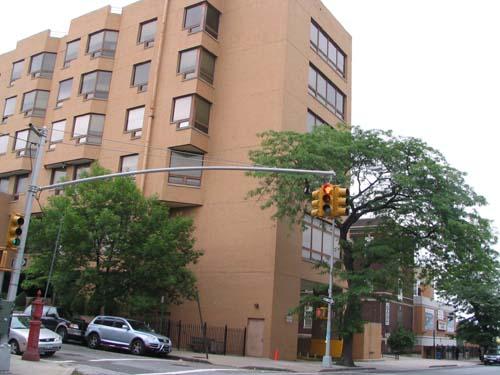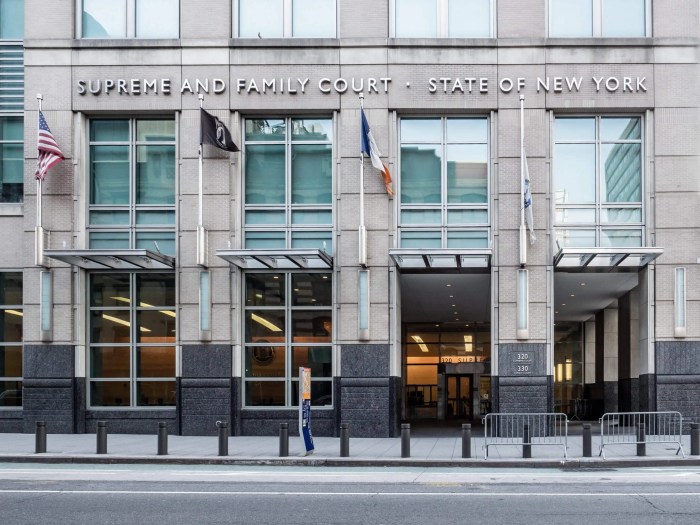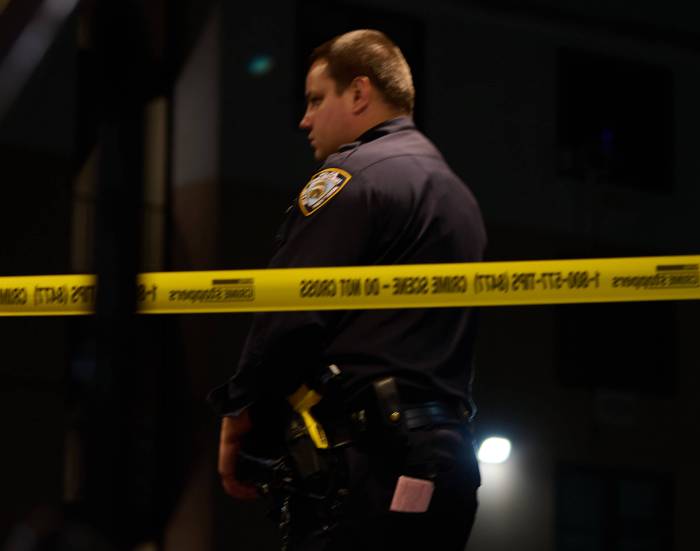It’s only a small victory – in more than one sense. Nonetheless, local officials are celebrating the news that limited medical care will continue to be available to those in need at the old Victory Memorial Hospital, which shut its doors at the end of June.
SUNY Downstate Medical Center – which last year made a bid to run an emergency room at the site of the venerable institution — has been tapped to operate an urgent care center that will be open 24/7, a diagnostic and treatment center and an ambulatory surgery center there, instead.
There are currently no plans to keep an emergency room open at Victory, whose emergency room shut down at the end of May. Any emergency room facility must be approved by the state DOH, which has, so far, refused to allow one.
Deeply in debt, Victory was slated for closure by the Berger Commission in 2006, over the loud objections of area residents, activists and elected officials, who have repeatedly asserted that its loss will endanger residents of the area.
According to Debra Carey, the CEO of the University Hospital at Downstate, the state Department of Health (DOH) has given approval for Downstate to run the urgi center as well as the diagnostic and treatment center, which are now operating under Downstate’s auspices.
A start-up staff of between 40 and 50 people is already on site, Carey said; this is something, however, that Carey said, “Will be increasing as our volume grows.”
At this point in time, the ambulatory surgery center is still being operated by Victory, till Downstate completes the process necessary for taking it over, Carey said. The remainder of the building is slated to become a skilled nursing facility; its purchaser is the Boro Park-based Leser Group, who will become Downstate’s landlord at Victory after the sale is complete.
“We’re pleased that we are able to be in the site,” Carey told this paper, “bringing SUNY Downstate’s expertise and staff to the Bay Ridge area. We are pleased that services will be able to be continued at this location. We believe it’s important that the community have ongoing medical services there, even if it’s not a full hospital.”
To that end, Carey cautioned that not every case that a typical ER can handle can be handled at an urgi center. “Certain types of procedures are appropriate for the setting,” she said. For this reason, Carey stressed, patients “who need immediate care” for potentially life-threatening conditions would be transferred by ambulance to a hospital with a full-fledged emergency room.
For this reason, local pols say they will keep lobbying to bring back an emergency room to the site, Seventh Avenue and 92nd Street. The 254-bed hospital averaged approximately 17,000 emergency room visits a year in recent years .
In particular, they cite the fact that people will have to travel considerably further, to access emergency care at such already-overburdened institutions as Lutheran Medical Center, Maimonides Medical Center and Coney Island Hospital that won’t necessarily be able to accommodate all of the additional cases diverted to them.
That rationale has not yet found favor with the state. Opposition from the general public – amplified by those who have the ear of the powers-that-be – was not enough to save either the embattled hospital, which was approximately $100 million in the red, or its emergency room.
“We didn’t get all we wanted, but we do have medical care continued at this site,” acknowledged City Councilmember Vincent Gentile, who had teamed up with State Senator Marty Golden and Representative Vito Fossella to try to keep the hospital’s ER open.
“Even though I would have liked to see some type of emergency room service at the site, what is now in place has saved jobs for hospital workers and will maintain some for of health care services for residents,” Gentile added, emphasizing, “I will continue my quest, along with other area lawmakers, to press the state to allow us to have emergency room service added at the site.”
“We have been somewhat successful in that we kept the site operating in a health care capacity and not seeing a transition to condos,” agreed Golden.
“The opening of an urgi care center by SUNY Downstate Medical Center, with the continued skilled nursing center, at the Victory Memorial Hospital site will help to respond to some of the health care needs of the community,” he opined, adding, “We still must look to again operate an emergency room here and I will continue to work toward this.”
Numbers collected by Downstate may help the case. The medical center, said Carey, “Always evaluates the cases we receive. We report that information to DOH. At that point, they could assess whether there is justification for an emergency room.” There is no timeline for such a possibility, however, Carey emphasized.


















